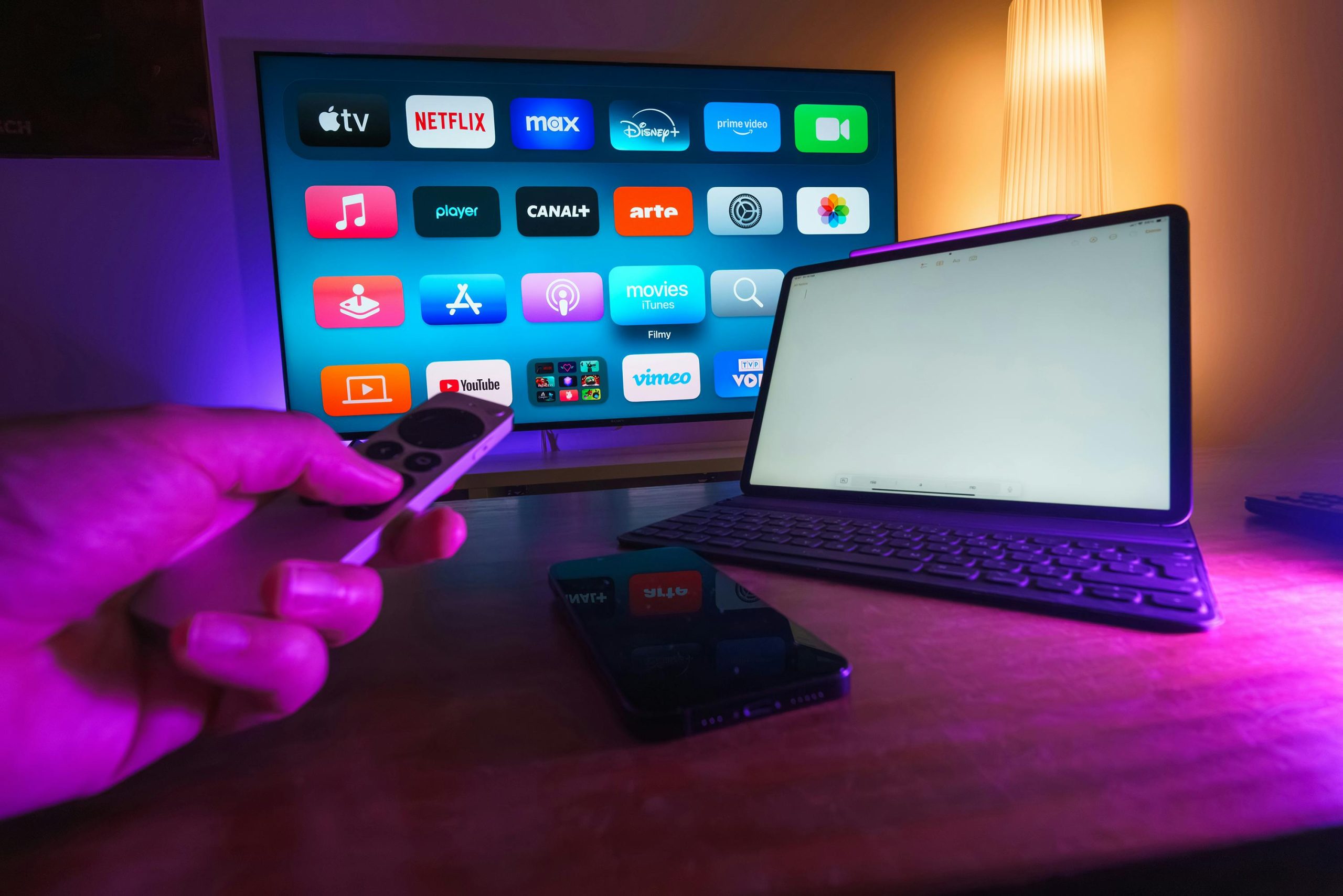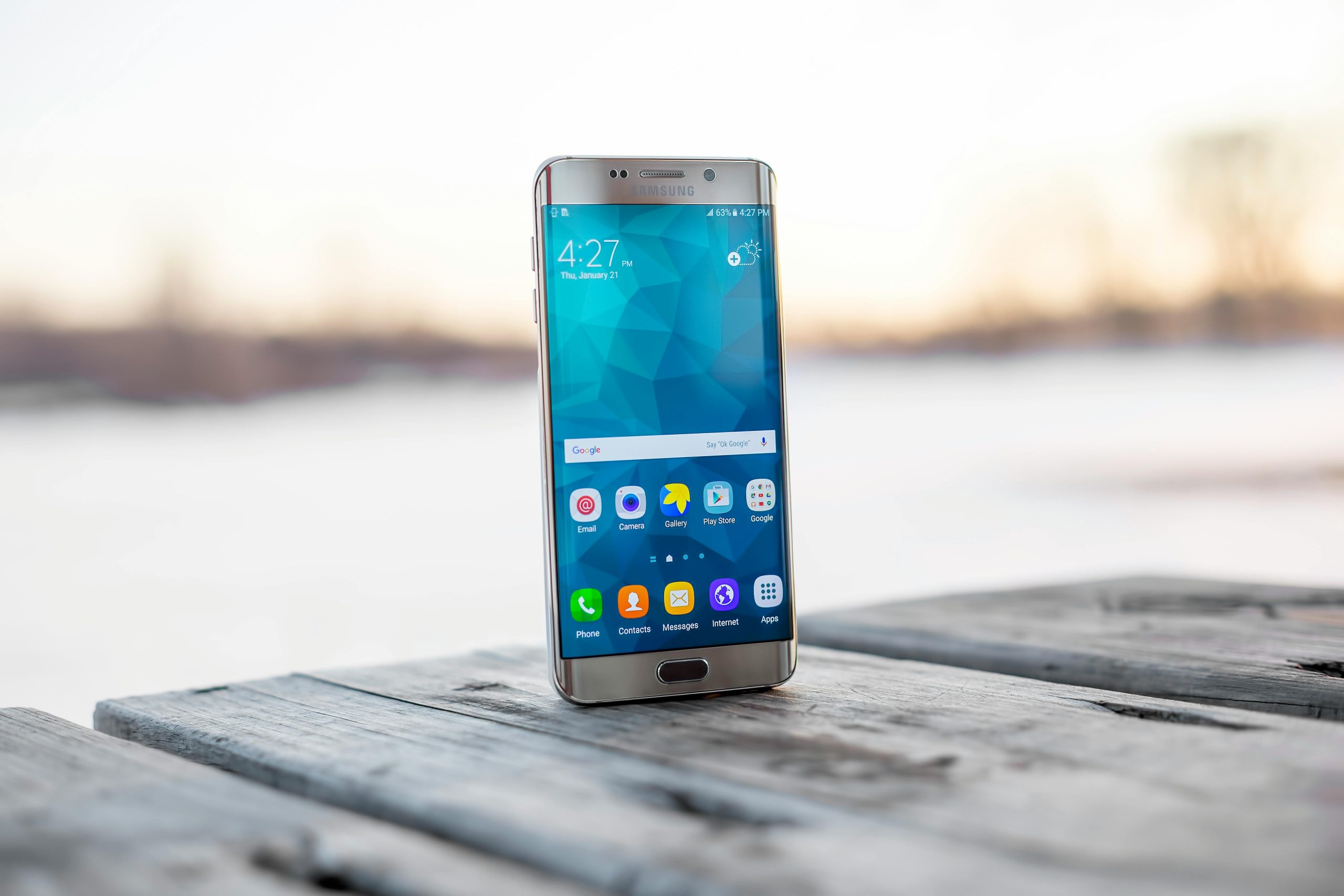5G Technology – My Personal Journey into Ultra‑Fast Connectivity
When I first heard about 5G technology, all I pictured were press releases boasting gigabit speeds and futuristic self‑driving cars. It sounded exciting but abstract. Then one evening, after upgrading my phone plan to include 5G, I stepped out onto my balcony, awaited that first bar of “5G” on my screen—and experienced a real moment of wonder. Suddenly, a two‑gigabyte game update downloaded in under thirty seconds. That brief encounter changed how I think about mobile networks, home internet, and even city infrastructure. Here’s my story of living through the jump from 4G to 5G, the ups and downs, and why I believe this shift matters to all of us.
1. What Is 5G Technology, Really?
At its simplest, 5G technology is the fifth generation of mobile network standards. Compared to 4G LTE, it promises:
-
Massively higher speeds (up to 10 Gbps in ideal conditions)
-
Ultra‑low latency (as low as 1 ms)
-
Greater device density (supporting hundreds of thousands of devices per square kilometer)
But these numbers only tell part of the story. For me, the real magic of 5G is how it changes not just speed but responsiveness and capacity, unlocking applications that were previously impossible on cell networks.

2. The Day I Upgraded: First Impressions
I’ll never forget the moment my network icon switched from “4G+” to “5G.” I was in my home office, headphones on, about to download a large video file for an online presentation. Historically, it took two or three minutes on Wi‑Fi. I tapped download on 5G…and watched in disbelief as the progress bar shot to 100 percent in under twenty seconds.
That instant made me realize 5G wasn’t just about mobile games or phone updates. It meant reliable, high‑speed internet anywhere—at a café, in a park, or even on a busy commuter train.
3. Real‑World Benefits I’ve Seen
3.1 Blazing‑Fast Downloads and Streams
On a recent road trip, I let my family stream a live sports event using 5G tethering from my phone. Even with three devices connected, we experienced zero buffering. Normally, in remote areas, video would stutter on 4G. With 5G, it felt like we had a supercharged home router in my pocket.
3.2 Crisp, Real‑Time Video Calls
Working remotely, I rely on video calls daily. Under 4G, I’d occasionally see pixelation or lip‑sync delays. Once I switched to 5G, every Zoom meeting felt as smooth as face‑to‑face. No dropped frames, no frozen screens—just clear audio and visuals.
3.3 Enhanced Cloud Gaming
I’ve dabbled in cloud gaming services, but 4G latency always led to frustrating input lag. When I tried the same games over 5G, controls felt immediate. It was the first time I genuinely believed mobile gaming could rival local console performance.
4. How 5G Works Behind the Scenes
4.1 New Radio Frequencies
5G operates on a mix of sub‑6 GHz bands (similar to 4G frequencies) and millimeter‑wave (mmWave) bands—much higher frequencies that carry more data but travel shorter distances. My experience toggled between both: strong mmWave coverage downtown, and reliable sub‑6 GHz in suburban areas.
4.2 Network Slicing
One fascinating capability is network slicing—creating virtual “slices” of the physical network tailored to specific use cases. A slice for autonomous vehicles can prioritize ultra‑low latency, while a slice for massive IoT sensors focuses on device density and battery life.
4.3 Edge Computing Integration
To achieve those low latencies, carriers integrate edge computing nodes close to cell towers. My carrier’s local edge node handled my data processing faster than a distant data center. That’s why video calls and game streams felt so responsive.
5. Challenges and Trade‑Offs
5.1 Coverage Gaps
In my city, 5G mmWave coverage was excellent in the business district but spotty elsewhere. I’d see “5G” bars in one street corner, then drop back to 4G around the next block. That patchiness meant I still rely on Wi‑Fi for guaranteed performance.
5.2 Device Compatibility
Not all phones support the full suite of 5G bands. My first “5G” phone only did sub‑6 GHz, so I experienced moderate speeds—twice 4G, but nowhere near the promised gigabit peaks. Upgrading to a true mmWave‑enabled device unlocked the full potential, but at a higher cost.
5.3 Battery Life
Running in mmWave mode drains my phone’s battery faster. I learned to switch off 5G when I didn’t need the extra speed. Until chipsets become more power‑efficient, battery life remains a consideration.
6. Beyond Phones: 5G’s Wider Impact
6.1 Smart Cities and IoT
Cities can deploy thousands of sensors—traffic cameras, environmental monitors, parking detectors—without overloading networks. During a local hackathon, I saw a demonstration of 5G‑connected drones surveying flood zones in real time, feeding high‑resolution video to emergency responders.
6.2 Healthcare Innovations
Telemedicine thrives on reliable, low‑latency links. In one pilot I read about, surgeons in distant locations assisted local doctors via 5G‑powered AR headsets, overlaying patient scans in real time during operations.
6.3 Industry 4.0
Factories equipped with 5G can coordinate fleets of robots, adjust assembly lines in real time, and perform predictive maintenance by analyzing sensor data on the fly. That level of automation was simply impossible on older networks.

7. My Top Tips for Embracing 5G
-
Check Your Coverage Map
Before upgrading, use your carrier’s coverage tool. Look for mmWave (high‑speed) zones near your home, work, and regular hangouts. -
Choose the Right Device
If you want peak speeds, ensure your phone supports both sub‑6 GHz and mmWave. Read reviews for real‑world battery performance. -
Manage Battery Usage
Many phones let you switch between “5G On,” “Smart 5G,” and “LTE Only” modes. Use “Smart 5G” so the device toggles only when you need extra speed. -
Leverage 5G Hotspots
For laptops and tablets without 5G modems, consider portable 5G hotspot devices. They often have more robust antennas and separate batteries. -
Secure Your Connection
Public 5G networks can still be vulnerable. Use a VPN for sensitive work and keep your device’s firmware updated.
8. Looking Ahead: The 5G Evolution
8.1 Standalone 5G
We’re currently in a “non‑standalone” phase, where 5G radios rely on existing 4G core networks. The next step—standalone 5G—will bring even lower latencies and richer slicing capabilities. I can’t wait to test those improvements on another balcony.
8.2 5G‑Advanced and Beyond
By 3GPP Release 18 and 19, carriers plan to introduce 5G‑Advanced, boosting speeds further and improving coverage with techniques like reconfigurable intelligent surfaces (smart reflectors). Soon, 5G speeds and reliability may rival fiber‑to‑the‑home.
8.3 Convergence with Wi‑Fi 6E/7
The best experience may come from seamless handoffs between private Wi‑Fi 6E/7 at home and public 5G outdoors. My router is already dual‑mode, and I’m excited to see how unified network management simplifies connectivity.
9. Final Thoughts
Upgrading to 5G technology was more than just chasing faster numbers—it reshaped how I work, play, and stay connected. From zero‑buffer road‑trip streams to ultra‑responsive cloud gaming and reliable teleconferences, 5G has become as much a part of my daily toolkit as electricity or running water.
Yes, there are hurdles—coverage gaps, device costs, and battery trade‑offs—but each challenge is temporary. As networks densify, chipsets improve, and standalone architectures roll out, the promise of ubiquitous, gigabit‑class mobile connectivity will finally become reality.
If you’ve been on the fence about 5G, I encourage you to give it a try. Find a friend with a compatible phone, test the speeds in your neighborhood, and imagine what this technology could do for your projects, hobbies, and everyday tasks. Welcome to the 5G era—where the world moves at the speed of possibility



